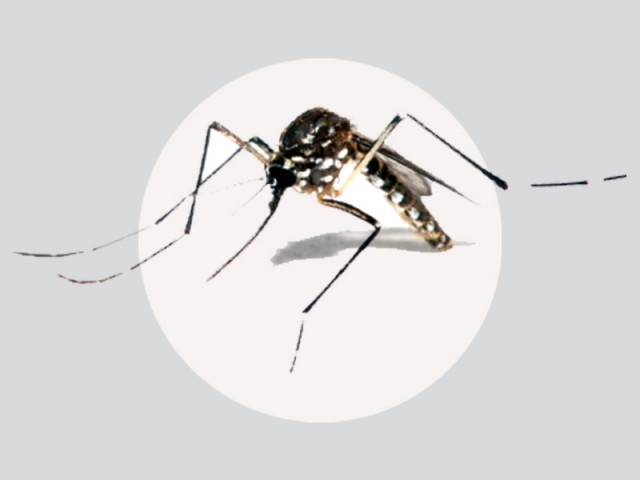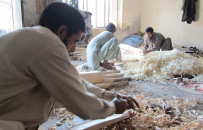Dengue virus: Countering the threat in Punjab
Not a single death has been reported this year

Not a single death has been reported this year.
The year was 2011. Hospitals were in a state of panic as the dengue epidemic hit the Punjab province. Every incoming patient suspected of being dengue positive was seen as a ticking time bomb, and portions of medical wards were converted into High Dependency Units (HDUs) frequented by doctors from Sri Lanka, Indonesia and Malaysia.
Following this, the Punjab government took proactive measures – it launched different projects and made laws to control the breeding of dengue mosquitoes in 2012. The number of patients reported this year across the province was 265.
The measures have paid off. This year, 194 patients have been reported in Punjab and no patient has died.

Springing into action
The new figures are quite impressive when compared to those of the epidemic a few years ago.
According to official health department figures, 21,292 patients contracted dengue during that time, while unofficial figures put the number of patients above 60,000. The official death toll due to dengue during the year was 352.
“This is a success for the Punjab government which, under the leadership of Chief Minister Shahbaz Sharif, has succeeded in controlling the disease. Last year, people said that dengue hits every consecutive year but the number of patients is so for under control,” said Additional Director General (Health) of Vector Borne Disease Dr Jaffar Ilyas. “This [current] number of patients is a routine figure. Even in Thailand, fighting against dengue for many decades, over 40,000 patients contracted dengue this year. We have to live with this disease but we can reduce the number of patients.”

Jaffar, who has been running the dengue cell since 2011, said the health department’s crucial steps have resulted in the control of dengue.
“The government hired 1,470 staffers to successfully run the activities to control dengue. These staffers work under my supervision. These include 26 entomologists, 72 environment inspectors, sanitary supervisors and other supporting staff – they work around the year to ensure the breeding of dengue mosquitoes doesn’t take place and the larva is eliminated,” he explained. “The Sindh government had sought our help to control dengue and we formed a team of experts to send there. However, then the floods hit Sindh and we were asked to put that programme on hold. A team of doctors and experts went to K-P too and held a session with doctors there.”
According to the spokesman of the health department, the provincial government’s role has been appreciated by different international organisations and the governments of Sri Lanka, Thailand, Singapore and Malaysia.
Aedes aegypti
A mosquito that can spread the dengue fever, chikungunya and yellow fever viruses, and other diseases. It can be recognised by white markings on legs and a marking in the form of a lyre on the thorax. The mosquito originated in Africa but is now found in tropical and subtropical regions throughout the world.
Mosquito talk
• Dengue is a viral disease but is NOT contagious and can only be spread through the mosquito. Contracting it via blood of an infected person is possible but extremely rare.
• The Aedes mosquitoes are active during daytime. Therefore more care should be taken during daytime instead of night.
• They prefer freshwater reservoirs for breeding. Tree trunks, axils, tyres, water tanks and freshwater pools are sites where the mosquito loves to breed.
• The mosquito itself cannot travel even a distance of 10 km. It is the infected eggs which carry this infection from place to place. Transportation from the endemic areas is how the disease is spread, when the eggs may be transported via luggage of travelers or tires of vehicles.
• Air travel, unplanned urbanisation, poor sanitation, poor agricultural practices and environmental degradation are risk factors for the spread of dengue across a region.
• The infected eggs can survive, dormant, in the environment for long periods of time and develop into infected mosquitoes whenever climatic conditions favour their growth.
Courtesy: Dr Ijaz Ali
Published in The Express Tribune, September 29th, 2013.



















COMMENTS
Comments are moderated and generally will be posted if they are on-topic and not abusive.
For more information, please see our Comments FAQ